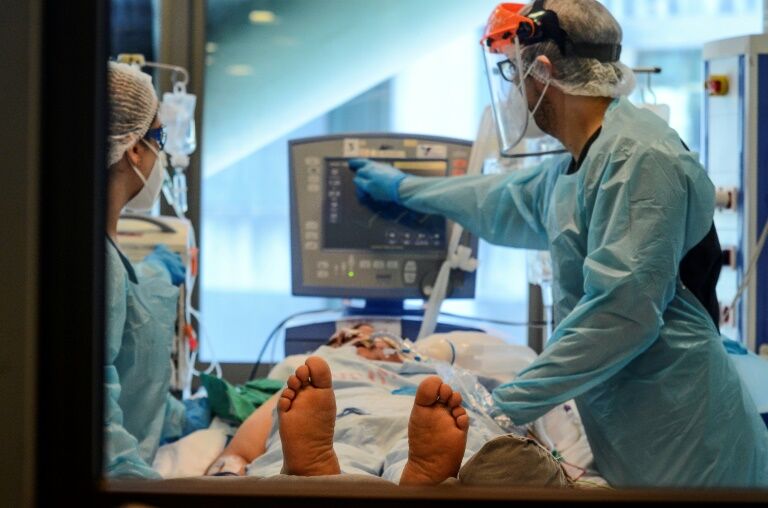Exploring the mystery of brain activity surges during near-death experiences

Survivors from near-death incidents often recount vivid experiences, such as seeing light at the end of a tunnel, feeling detached from their bodies, meeting deceased loved ones, or recalling significant life events in mere moments. The similarity of these accounts, which come from individuals with varying cultural backgrounds, suggests a potential biological mechanism which remains unexplained by scientists.
In a pioneering study published in the Proceedings of the National Academy of Science, researchers at the University of Michigan have discovered signs of increased brain activity associated with consciousness in two dying individuals. The research, conducted by senior author Jimo Borjigin and his team, offers an unprecedented level of detail on this subject.
To delve deeper into this phenomenon, the researchers examined the medical records of four patients who passed away from cardiac arrest while connected to an electroencephalogram (EEG) monitor. All four lapsed into comas and were eventually removed from life support after it was determined that they were beyond help.
Upon removal from their ventilators, two patients a 24 year old woman and a 77 year-old woman—experienced an increase in heart rates and rapid spikes in gamma-frequency brain waves, which are associated with consciousness. Previous studies have also observed similar increases in gamma waves in some individuals nearing the point of death. The University of Michigan’s paper, however, offers a more comprehensive examination of which parts of the brain activated, pinpointing activity in the “posterior cortical hot zone” which consists of the temporal, parietal, and occipital lobes, all related to variations in consciousness.
Borjigin noted that when this part of the brain lights up, it suggests that the patient might be experiencing sights, sounds, and even sensations outside of their body. The monitoring of brain and heart activity in the last few hours of the patients’ lives lends credibility to the analysis.
It remains unclear why two of the patients experienced these potential indications of “covert consciousness” while the other two did not. Borjigin theorised that their history of seizures may have prepared their brains in some way. However, he and his team caution against drawing extensive conclusions from such a small sample size. Furthermore, they cannot confirm whether the patients truly had visions, as they did not survive to relay their experiences.
Borjigin aspires to collect data on many more individuals in the future, increasing the likelihood of some surviving. One possibility to achieve this could be through conducting experiments simulating near-death experiences while monitoring patients under lab conditions.
Latest Thailand News
Follow The Thaiger on Google News:


























